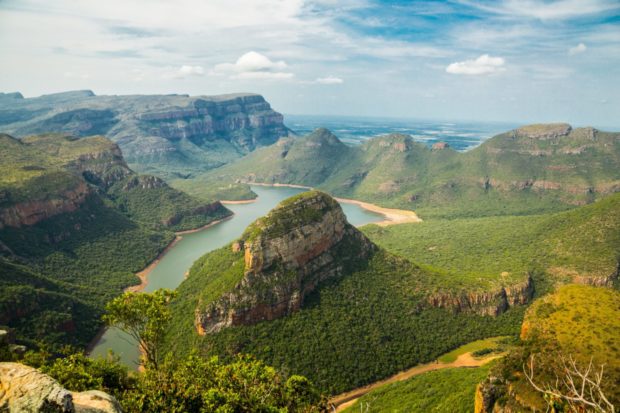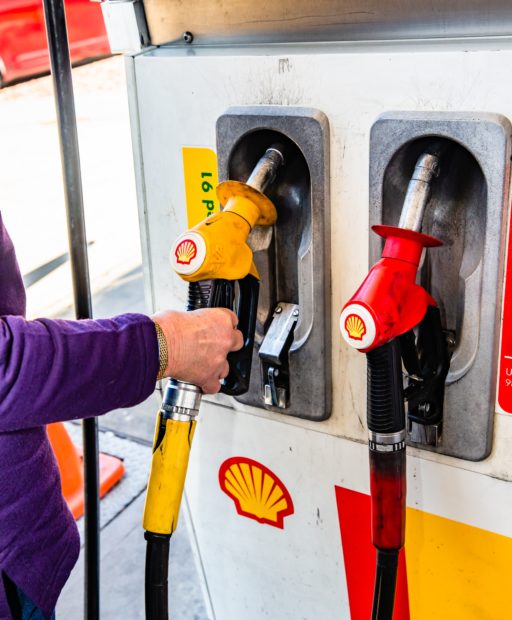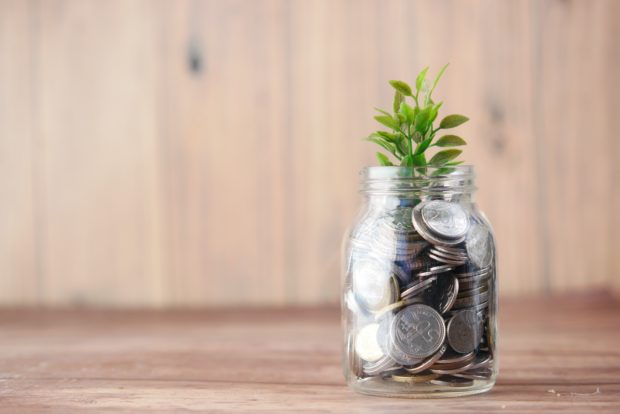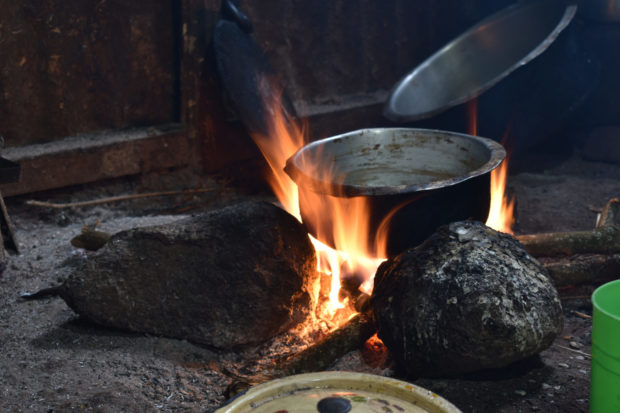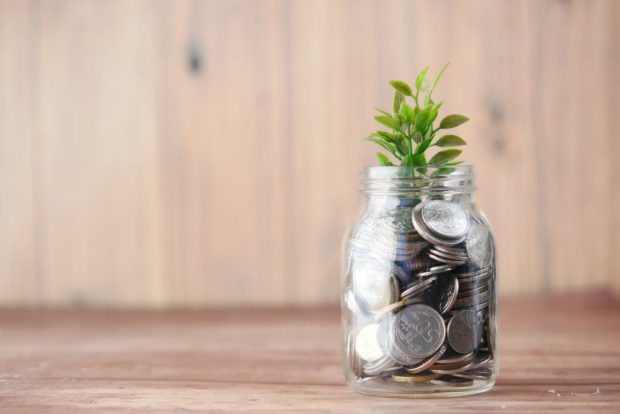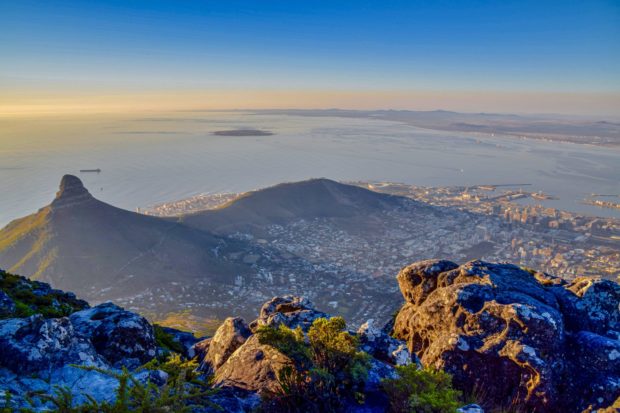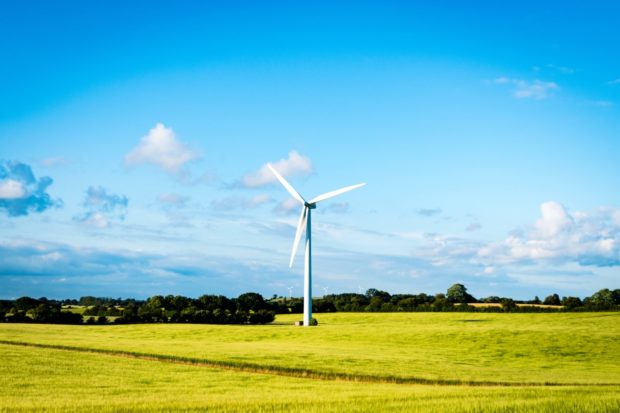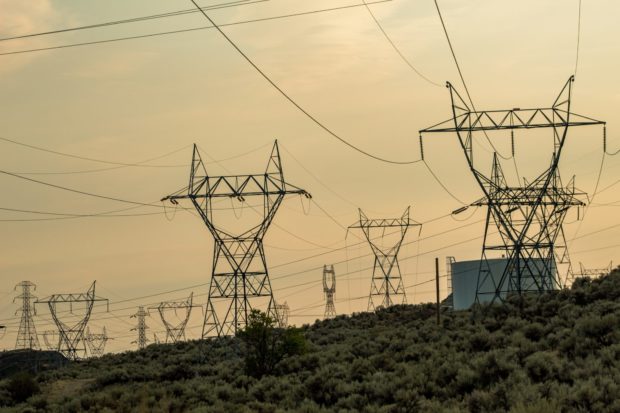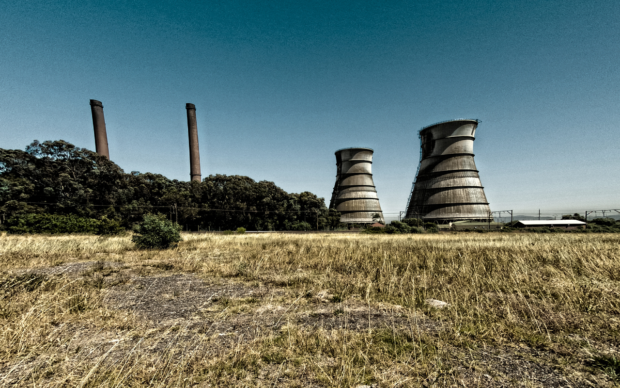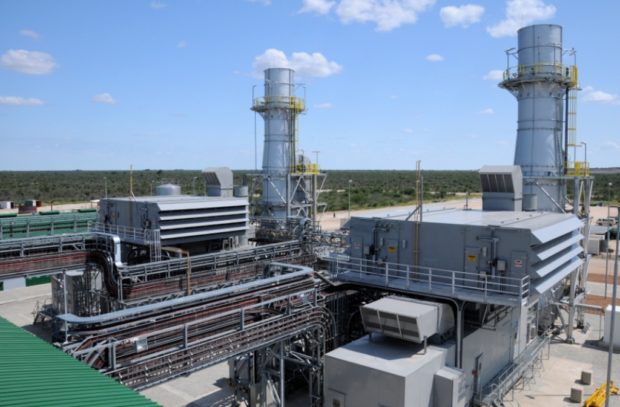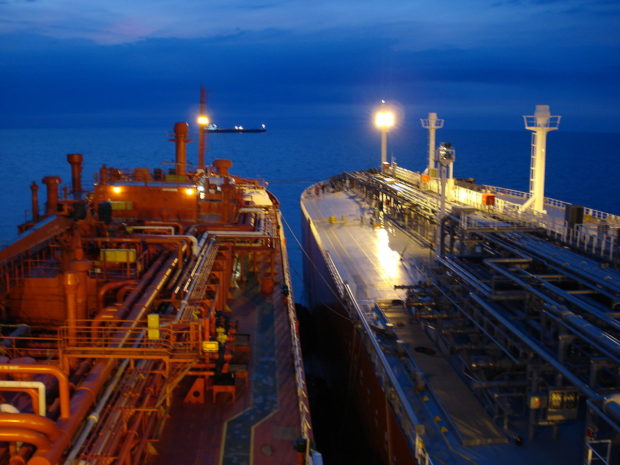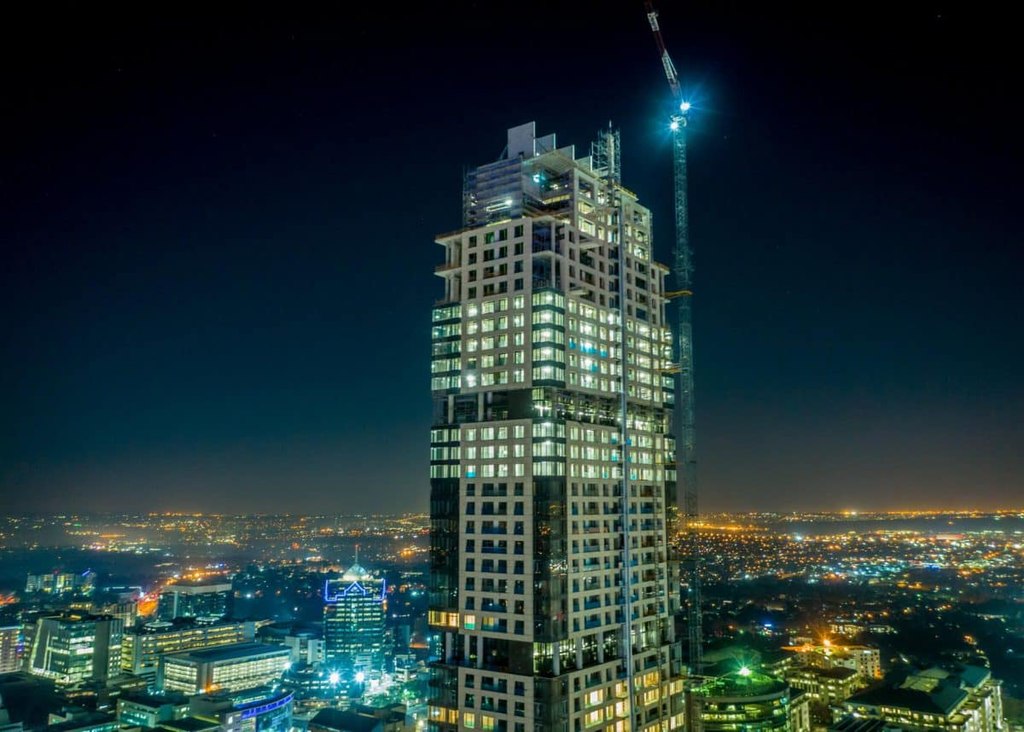Archive: Fossil fuels
South Africa is experiencing a number of environmental issues, including global warming, pollution and species loss.
South Africans have welcomed another month of much-needed relief at the petrol pump. But, the diesel price per litre is reversing the trend and has become more expensive. Why?
Renewable energy funds are a vital tool for South Africa’s green energy transition. They can pay for everything from infrastructure upgrades to mine rehabilitation.
Energy is essential for the functioning of any modern economy. South Africa’s Central Energy Fund (CEF) does the vital job of maintaining that energy supply.
Since 2003, the South African government has been funding free electricity for the poorest households. This is because it recognises that poverty is a barrier to electricity access.
COP26 saw South Africa make a public commitment to greening its economy. But, can non-renewable resources be part of this transition?
Global warming is making extreme events, such as heatwaves, droughts, wildfires, floods and tropical storms, more frequent and severe.
Climate change risks life as we know it, but bold and inclusive solutions can help build a safer and fairer world.
Our fossil fuel energy system comes at a massive cost. Climate change is causing extreme temperatures, drought and catastrophic flooding.
Coal’s dominance in South Africa’s electricity mix – totalling 90 per cent of electricity generation – means the rising price of coal is making bills more expensive.
South Africa’s Low Emission Development Strategy 2050 is the country’s most recent emissions reductions plan.
South Africa’s Integrated Resource Plan (IRP) is the country’s long-term energy plan until 2030. It became official government policy in October 2019.
Hydrogen is a fuel source that is a possible alternative to fossil fuels. It can be used in fuel cells and to create heat, and its only by-product is water, meaning it does not release any greenhouse gases when burned.
Liquefied petroleum gas (LPG) is the gaseous form of two kinds of natural gases: butane and propane. It can also be a mix of the two gases. Butane and propane are similar but have different properties, making them suitable for different things.
A carbon footprint is the number of greenhouse gases emitted through a person, business or even a country’s activities. These greenhouse gases include carbon dioxide and methane.
A carbon tax is a fee paid to the government by carbon dioxide (or carbon dioxide equivalent) emitters for every tonne of carbon emitted.
In August 2021, South Africa’s National Business Initiative (NBI) published a government-backed report. It described the pathways that the country must take to decarbonise.
The South African government has plans to generate more electricity with natural gas.

